Imagine a world without flowers. Unthinkable, isn’t it? Instead here are four things that you can do this month to fill your home and garden with blooms throughout the coming months, without costing the earth . . .
For house flowers in the depths of winter
Forget poinsettias (too hard to grow, too quick to sulk, far too ready to die) and instead grow some pots of amaryllis (or hippeastrum as they’re more properly known), a tender, sub-tropical bulbous plant whose sculptural, larger-than-life blooms have the sort of old-school Hollywood glamour guaranteed to light up the shortest, darkest, gloomiest days of winter.
Plant their fast-growing fleshy bulbs this month for some post-Christmas cheer, making sure to use a container deep enough to house the plants’ fleshy roots (so about twice the height of the bulb) but only slightly wider than the bulb itself.
The container should also have several drainage holes while the compost needs to be very free-draining, so add plenty of grit or vermiculite. As for the bulb, it should be large, firm, dry and without any bruises or signs of decay (stockists include all good garden centres as well as online specialist suppliers such as peternyssen.com).
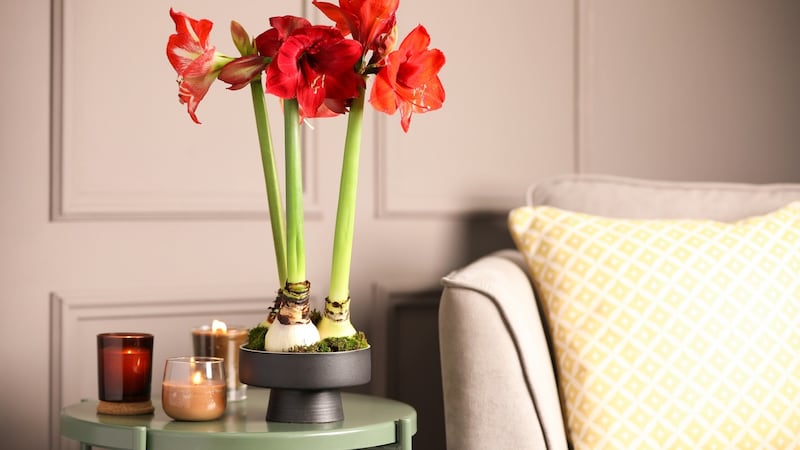
Before planting, pre-soak the roots (but not the bulb) in water overnight, then plant it so that roughly two-thirds of the bulb remains above the surface of the gently-firmed compost after planting. Water gently and then place the pot in a bright, warmish room out of direct sunlight. Keep it watered, aiming for a compost that’s never more than very slightly damp to the touch.
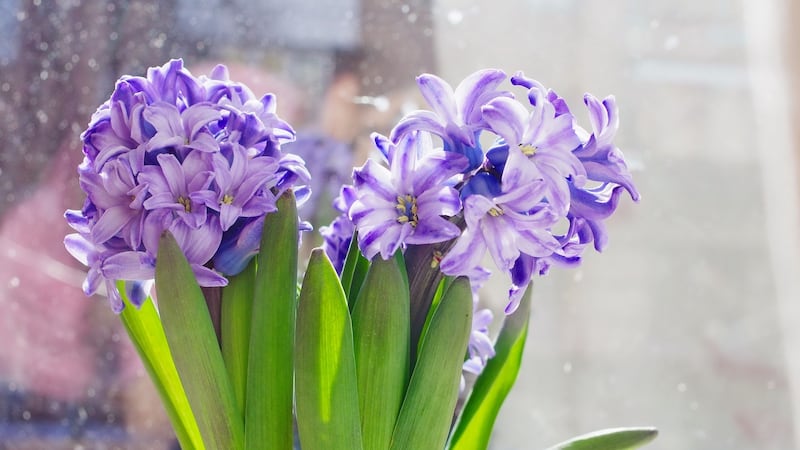
Once the flower spike appears, start giving your amaryllis/hippeastrum plant a weekly liquid seaweed feed. If the flower is very large/multiheaded, support it with a slender wooden stick.
Other bulbous species that can also be forced into winter bloom indoors include paperwhites, hyacinths, crocuses, irises and scillas, many of which are intensely scented (see rhs.org.uk for more detailed instructions on how to force all of these into early flower indoors).
For a winter flower garden
Winter-flowering plants aren’t thick on the ground but that just makes them all the more precious.
For a lovely, very long-lasting display that will provide plenty of seasonal interest, colour, and scent, choose a mix of shrubs, perennials and bulbous plants and group them together, ideally situating them close to a door or entrance way or in easy view of a window for maximum enjoyment.
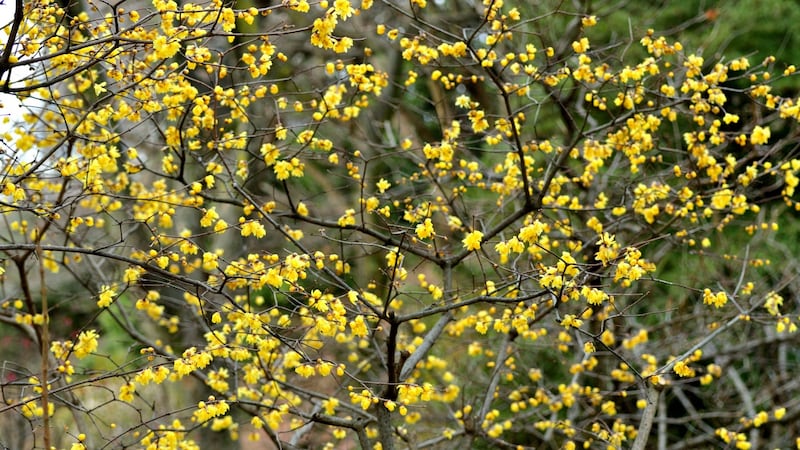
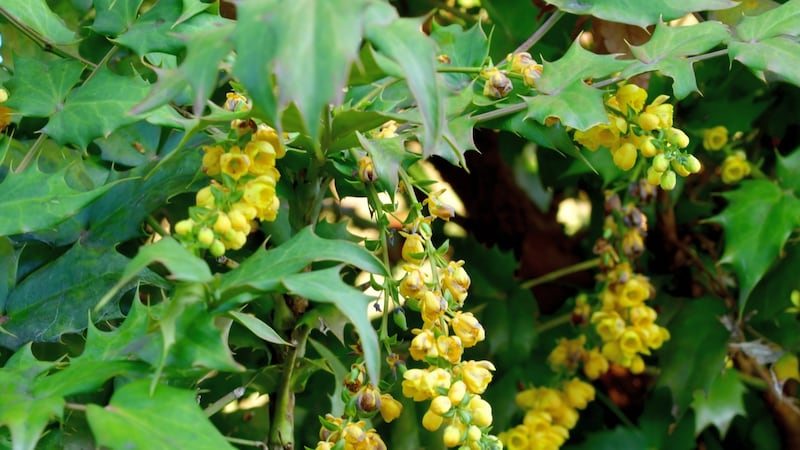
Remember that slow-growing medium and large winter-flowering shrubs such as mahonia, rhododendron, sarcococca, chimonanthus, Garrya elliptica, hamamelis, abeliophyllum, skimmia, daphne, viburnum and lonicera can be grown in pots when they’re young and then eventually transplanted into their permanent position (or given away to gardening friends) once they get too large.
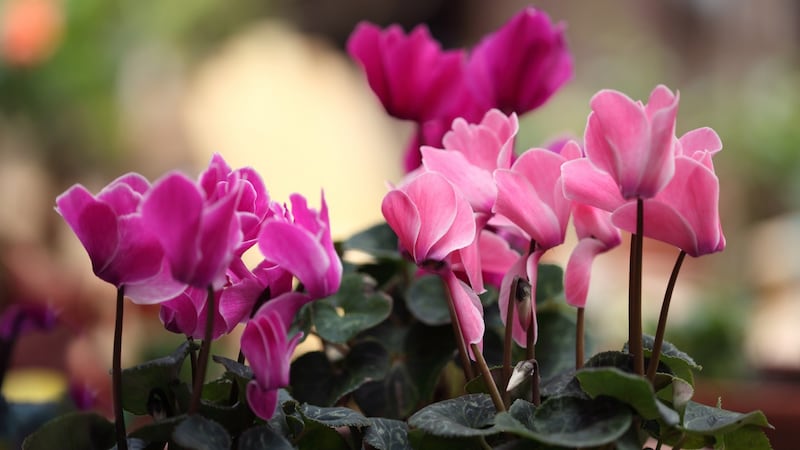
Include some winter-flowering hellebores, some winter bedding (pansies, polyanthus, violas) and generous quantities of small winter and spring-flowering bulbs such as snowdrops, Iris reticulata and Iris unguicalaris, eranthis, crocus and cyclamen to extend the display and offer food for emerging pollinators.
For spring blooms
Perhaps the loveliest of spring flowers and very easy to grow from bulbs planted at this time of year, tulips are available in a bewildering range of varieties, colours and sizes.
While the most fashionable varieties quickly sold out back in early autumn, some of the bigger online suppliers still have a generous range of varieties to choose from including peternyssen.com who deliver to Ireland.
For maximum flower power, go for the taller, more flamboyant, later-flowering kinds including the parrot and peony-type tulips, both of which are also excellent as cut-flowers.
There’s also lots of great value to be had if you’re willing to hunt around, with many garden centres and online specialist suppliers keen to sell off remaining bulb stock at this time of year before the planting season ends.
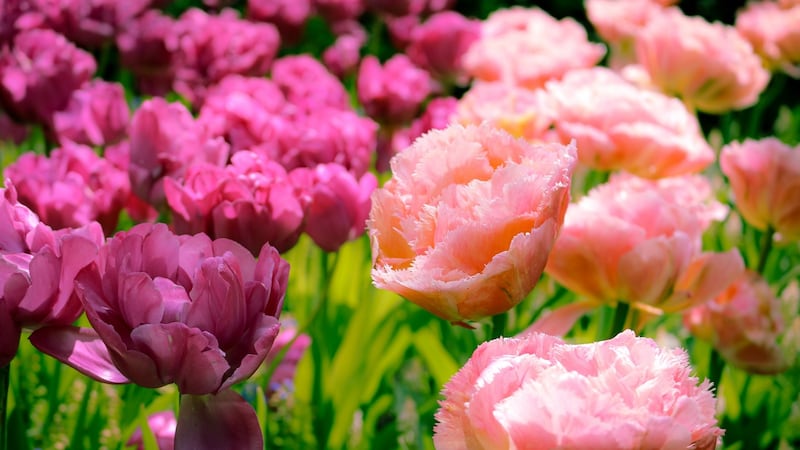
Recommended stockists offering end-of-season discounts include Cork-based Fruithill Farm (fruithillfarm.com) which specialises in organically-produced bulbs. Tulips aside, many other kinds of spring and summer flowering bulbs suitable for autumn planting including narcissus, alliums, crocus, fritillaria, lily, alliums and iris are also still available (see Dublin-based mrmiddleton.com).
While it’s technically getting a little on the late side to plant these, they’ll do just fine just so long as the bulbs aren’t bruised, blemished or dried-out. For a sumptuous display next spring, plant in generous numbers into the ground or into pots, tubs and window-boxes.
For summer scent
Sow seed of sweet pea. Nothing beats this hardy "queen of the annuals" for its heady scent and wondrous floriferousness, especially if you grow it from seed sown at this time of year (stockists include all good Irish garden centres and online suppliers such as seedaholic.com; mrmiddleton.com).
A mind-boggling range of varieties and different colours are available, from classic heirloom varieties such as the pink-and-white ‘Painted Lady’ and the small-flowered but intensely-scented ‘Cupani’ to modern introductions such as the lilac-flowered, long-stemmed, large-flowered ‘Erewhon’ from New Zealand-based Dr Keith Hammett, one of the world’s great modern sweet-pea breeders.
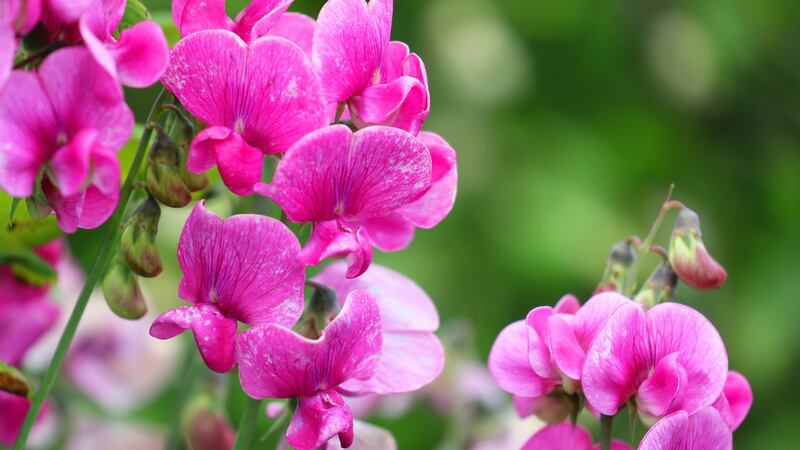
For best results, pre-chit the hard, round, pea-shaped seed by wrapping it in damp kitchen paper and then placing it in a small, lidded, plastic container in a cool room for a few days until it starts to sprout.
Then very gently transplant the individual seeds into individual pots (7.5- 10cm diameter) or into root-trainers filled with a good quality seed compost, planting shallowly to a depth of no more than 15mm before watering well to encourage good root establishment.
Resist the urge to mollycoddle these pots indoors and instead place them somewhere cool and bright such as a cold frame or unheated glasshouse/polytunnel, making sure to protect the seed/emerging baby seedlings from rodents, (I put mine on a table and then cover them with fine garden netting) until they’ve properly developed.
Once they’ve established a good, vigorous root system, baby sweet pea plants are surprisingly hardy and will happily withstand temperatures as low as minus 5 degrees but they do need some form of protection if it goes lower than this.
For really healthy, productive, early-flowering, floriferous plants, plant them into their permanent position in the garden in mid to late March, making sure to give them a really rich, moisture-retentive soil in full sun and protection from slugs.
To perform well, pot-grown sweet pea plants need a generous-sized container (20-litre pot minimum, with good drainage holes) filled with a soil-based general-purpose compost enriched with well-rotted manure. To keep them flowering their socks off for as long as possible, never let the soil/compost dry out and keep picking the flowers.
This Week in the Garden
As long as ground conditions are firm underfoot, it’s fine to keep cutting grass but make sure to raise the blades in order to keep your lawn healthy. For the same reason, avoid cutting after heavy rain or harsh frosts as this will only cause soil compaction and encourage plant disease.
Clear weedy growth away from flower beds and mulch any bare areas of soil, keeping a close eye out for any self-sown seedlings of garden annuals, biennials and perennials that can often be found growing in the garden or allotment now that the lush growth of summer and early autumn has died back.
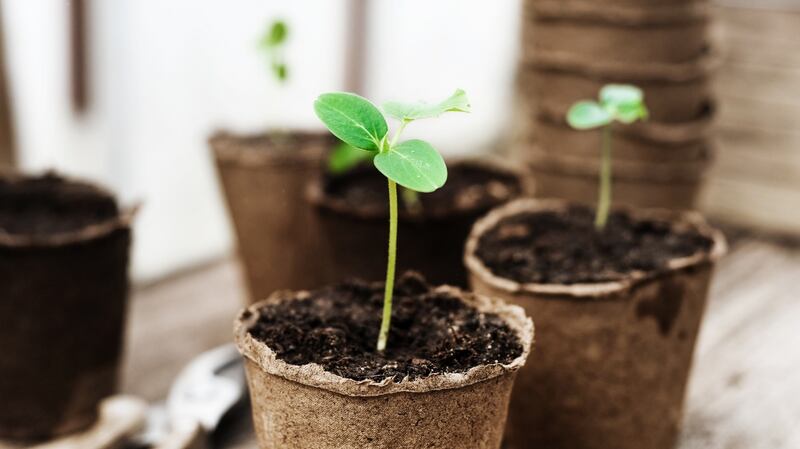
If they’ve appeared in an unsuitable spot, then this is a good time of year to lift and transplant these seedlings and baby plants elsewhere in the garden or to pot them on to give as gifts to gardening friends.












